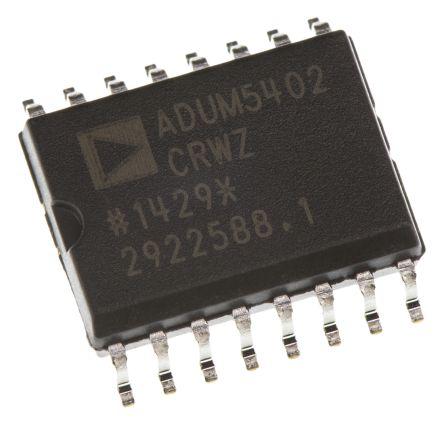
The growing need for digital isolation
There has been an aggressive growth of internet and telecommunication infrastructure in the recent past. As a result, there has been a growing demand for digital control techniques in power systems of telecommunication and networking equipment. Digital control offers numerous advantages including flexibility, low sensitivity to external noises, component count reduction and parameter variation. Digital power supplies are used with high-end servers, telecom brick modules among other equipment. All these require isolation.
Challenges and need for Isolation in digital power supplies
The need for isolation in digital power supplies
Isolation is a key safety requirement in the design of power supplies. It protects operators and other individuals from electrical shock or harmful energy. To meet safety standards, isolators need to be incorporated in power supplies. Many bodies across the globe have been setup to monitor the adherence to this requirement.
The challenges
Sending signals, both digital and analog, across the isolation barrier with speed, accuracy, and compact size poses a huge challenge in digital power supplies. Optocoupler is a common solution but has low bandwidth and CTR leading to wide variation with temperature and depreciation with time. The other common solution is a transformer but its bulky and has magnetic saturation problems among other things. This leaves iCoupler products as the only ideal alternative.
Primary and Secondary side control
Isolation power control methods are divided into two according to the position of the controller. The primary and secondary side control.
Primary side control
Primary side control doesn’t require an auxiliary isolated power supply since it has a simple control architecture. Primary side control is very popular in low-cost applications. Popular approaches to this control path include; linear Optocoupler, isolated amplifier, and Optocoupler with the standard amplifier.
-
Linear Optocoupler
Optocouplers are used to send analog signals from the secondary to the primary side. They, however, vary with temperature and depreciate with time making it hard to guarantee the accuracy of the output voltage. They improve its performance, an optocoupler is used with an error amplifier, it transfers the compensation signal as opposed to the output voltage. The ADP1051, for example, has built-in digital loop compensation hence it doesn’t need compensation signal. Another way of going about this is to use a linear optocoupler. It is, however, important to note that a linear optocoupler is expensive.
General optocoupler with standard amplifiers
To realize primary side control, you could also use a general optocoupler and a standard amplifier. In this regard, high output voltage accuracy is achieved without experiencing a wide CTR range owing to temperature variations. When CTR varies with changes in temperature, the amplifier’s output will compensate for the variations hence maintaining high accuracy on the output voltage. The amplifier’s stable operation point and swing range ought to be well designed to handle the CTR variations just in case its output saturates.
-
Isolated amplifier
The other way of realizing primary side control is by using an isolated amplifier, for instance, the ADuM3190.The ADuM3190 is ideal for linear feedback power supplies that have primary side controllers owing to its high bandwidth and accuracy as opposed to an optocoupler. Isolated amplifiers also offer improved transient response, better power density, and better stability.
Secondary side control
The ADP1051 is a commonly used power controller that embodies PMBus Interface. It targets applications with high power density and high efficiency, for instance, the intermediate bus converters. It exhibits flexible machine architecture and offers numerous attractive features like reverse current protection, adaptive dead time control, constant current mode, adjustable output voltage slew rate, prebias startup and volt-second balance. The eliminates the needs for numerous external components like would be the case for analog solutions.
The ADP1051 eases communication within the system. Signals like the PWM emanated by synchronous rectifiers and Vout sensing does not have to pass through the isolation boundary in order to communicate with the system. However, theauxiliary power supply is needed to provide power to the ADP1051 at the startup stage. Also, the PWM signals from the ADP1051 need to cross the isolation boundary.
Gate Drive Transformer
In this approach, the ADP1051 sends its PWM signals to a dual-channel MOSFET driver, the ADP3654. The MOSFET then drives a gate drive transformer whose function is to transfer the drive signals from the secondary to the primary side. The gate drive transformer also drives the primary MOSFETs. As required, the ADP1051 is powered by an auxiliary power supply at startup.
The gate drive transformer exhibits numerous advantages which include minor time delay and low cost. However, the gate drive needs to be designed carefully as the transformer will need to be reset once in a while to avoid saturation.
-
Digital Isolator
In this approach, a dual channel isolator ADuM3210 is used to transfer PWM signals from the ADP1051 to the primary side half-bridge driver. This approach is a lot simpler than the gate drive transformer design. The digitals isolator is smaller, simpler and easy to use. This approach doesn’t pose any saturation issues or duty cycle challenges. It saves up more than 50% PCB space and achieves high power density.
-
Isolated Gate Driver
This approach further simplifies the design. The ADu7223 is a 4A isolated half gate driver capable of providing independent and isolated high and low-side outputs. In short, it offers integrated isolation as well as strong gate drive capability.







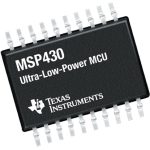
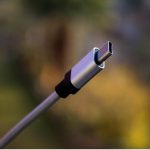
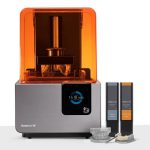


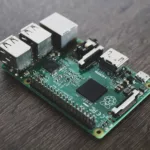




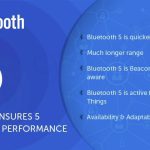




1 Comment